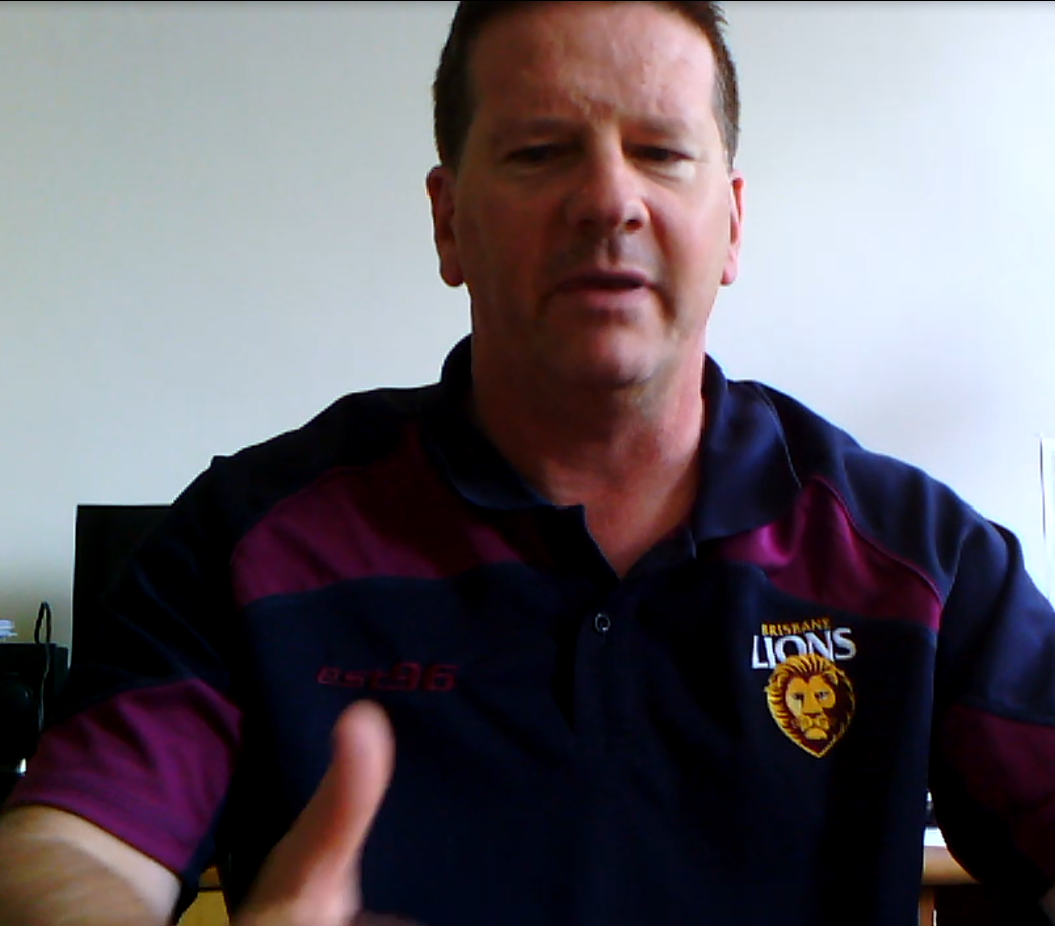Julia Lezhneva
Federation Concert Hall, Hobart
Sunday 30 March 2014
Leo Schofield is both inspired and
lucky – or a brilliant manager.
He signed up the very young Russian
soprano for the Hobart Baroque Festival of which he is director, more or less
sight unseen. About two weeks before her Hobart concert she sang in the superb
acoustics of Elizabeth Murdoch Hall in Melbourne and that concert was broadcast
a day or so later by ABC FM. A sound bite of her voice was used to promote that
broadcast. It was heard by a national radio audience and an international
audience on-line. A few days later she was interviewed by Margaret Throsby of
ABC FM. In a flash the brilliant Mr Schofield had a brilliant international
promo for his festival.
Ten days prior is not enough time to
get people to get to an interstate festival? Not a bit. We, wife and I, have
been known to book ourselves into a concert tour of North America at ten days’
notice. The bloke organising it went a bit pale over the phone but he managed
it.
We cut it a bit finer to hear Ms Lezhneva – a week.
But it was worth the scramble.
The Festival, for us, was six days
of concerts – one a night with the odd lecture and a superb tour of Bruny
Island (see below). Every concert was an absolute winner, but Julia was an absolute
stand-out. She worth every bit of the standing ovations she was given.
It wasn’t just her young-woman
charm, her simple but striking dresses or the highly polished Tasmanian
Symphony Orchestra, it was her voice and her ability to use it. She chose
pretty much standard baroque repertoire but every piece fitted her voice
perfectly. She resisted what was almost certainly the temptation to hit an
octave above rather than the octave below. She didn’t need to. She has a
superlative voice. It is rich in her lower register and bright and perfectly
secure in its upper notes. She sang the typical coloratura-style runs typical
of Handel et al without the slightest tension that she would not hit every note
in the middle.
 |
| Leo Schofied, Julia Lezhnevaand, Mikhail Antonenko, her manager-pianist and Jarrod Cartland |
It was a simple case of, ‘sit back while
I sing you some incredibly beautiful music and don’t even think about me not
doing so with total assurance’.
Leo told me that when he found a wombat for her and her boyfriend to cuddle they behaved like kids.
Leo told me that when he found a wombat for her and her boyfriend to cuddle they behaved like kids.
Now, Leo, what’s your trick for next
year?
Image reposted from:
The Culture Concept Circle,
http://www.thecultureconcept.com/circle/social-history/julia-lezhneva-jewel-in-crown-of-hobart-baroque-alleluia
Image reposted from:
The Culture Concept Circle,
http://www.thecultureconcept.com/circle/social-history/julia-lezhneva-jewel-in-crown-of-hobart-baroque-alleluia


